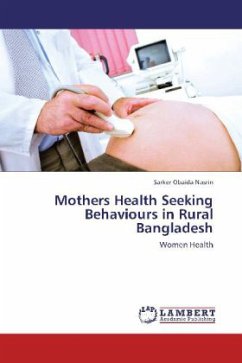Any innovation cannot operate independent of a people's social system. The successful applications of any health program involve more than mere scientific and biological knowledge; it involves an understanding of the concepts and behaviours of individuals, the shared values of life and the whole social context in which the individuals live. The basic determinants of fertility behaviours include the underlying socioeconomic conditions. They influence fertility only indirectly through their influence on the proximate (immediate) determinants that are determining fertility directly. The proximate fertility variables, through which socio-cultural influences can shape fertility levels include: Extent of exposure to union (age at marriage and age at starting reproduction); Fecundability which is the probability of pregnancy per month (including desired and achieved number of children); and Duration of postpartum unproductiveness related to birth spacing (unintentional by breast feedingand the use of intentional fertility control by contraception and induced abortion).
Bitte wählen Sie Ihr Anliegen aus.
Rechnungen
Retourenschein anfordern
Bestellstatus
Storno








